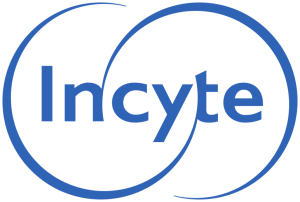The correct answer is E. Necrobiosis lipoidica.
Concomitant diabetes has been reported in 11-65% of patients with necrobiosis lipoidica (NL).
This question asks the examinee to identify NL (choice E) by a typical yellowish-brown plaque with prominent atrophy and telangiectasia on the shin, recognizing that a history of diabetes is not required to make the diagnosis. Once widely called necrobiosis lipoidica diabeticorum, NL is now the preferred term for this condition, given that 11-65% of patients with NL have diabetes; conversely, 0.3-1.2% of diabetics have NL. Pretibial myxedema (choice 1) presents on the shins with waxy indurated plaques or nodules with a peau d’orange quality. Plaque-type morphea (choice 2) favors the trunk and proximal extremities with erythematous-violaceous patches that progress to indurated, ivory white to hyperpigmented plaques with lilac borders. Lipodermatosclerosis (choice 3) manifests in the acute phase with painful erythematous plaques on the lower legs above the malleoli, and chronically with sclerotic reddish-brown plaques resembling an inverted wine bottle. Necrobiotic xanthogranuloma (NXG, choice 4) shows indurated yellowish papules, plaques, or nodules with variable atrophy, telangiectasia, and ulceration that can cause scarring. While it can morphologically resemble NL, NXG most commonly develops in the periorbital region rather than on the shins.
References: Hashemi DA, Brown-Joel ZO, Tkachenko E, et al. Clinical Features and Comorbidities of Patients With Necrobiosis Lipoidica With or Without Diabetes. JAMA Dermatol. 2019 Apr 1;155(4):455-459.
Sibbald C, Reid S, Alavi A. Necrobiosis Lipoidica. Dermatol Clin. 2015 Jul;33(3):343-60.
Brought to you by our brand partner


